Description
Samskaras which are ‘rites of passage’ in Indian context, can be thought of as similar rites, rituals and ceremonies, which are meant to train and hence, transform individuals as per their life and social stages. Ancient Indian literature, particularly the Grhyasūtra and Dharmasūtra contains detailed and elaborate injunctions about rites, rituals and ceremonies associated with the Samskaras. Given Samskaras were primarily meant to ritually and socially transform an individual and to make them fit for a particular life stage, if one is to analyse the rites. rituals and ceremonial injunctions related to Samskaras in texts like the Grhyasutra and Dharmasûtra, one can interpret the social dimensions associated with Samskaras. This can greatly inform us about the socio-historical and cultural facets of the ancient past when such texts were composed. This is exactly what this work intends to do. However, this is done not by simply taking textual injunctions as reflective of the past social realities, but rather the book tends to interpret the social dimensions of Samskaras by critically situating the texts under study within its larger nature, intended audience and social position. Moreover, throughout the work the limitations of a textual interpretation has been constantly highlighted, and efforts have been made to picturize a lived past’ rather than the prescribed one, for this on various occasions help of the anthropological imagination’ has been suggested. While the Grhyasūtra and Dharmasūtras prescribe various Samskaras, the book intend to primarily focus on the one which are defining feature of an individual’s life. Hence, the chapters are divided accordingly, firstly dealing with the Samskaras related to childhood as a whole, and then focusing on individual Samskaras related to studentship, marriage and, death. Finally, the work concludes by summarising the major arguments of the work and also by highlighting the dynamic nature of Hindu Sanskaras both in past and

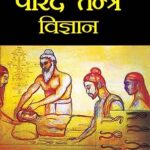
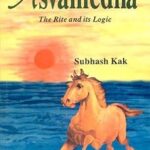
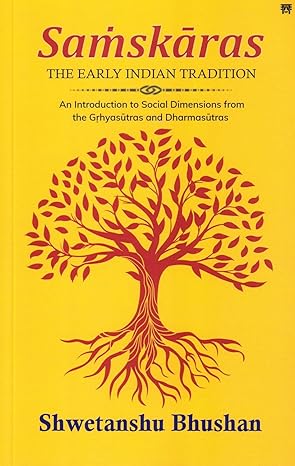



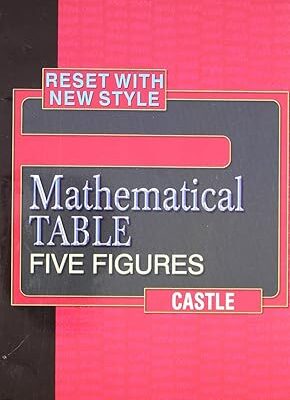

 Real Analysis for B.A. / B.Sc. Students
Real Analysis for B.A. / B.Sc. Students  Mathematical Analysis for B.A./B.Sc. Students
Mathematical Analysis for B.A./B.Sc. Students 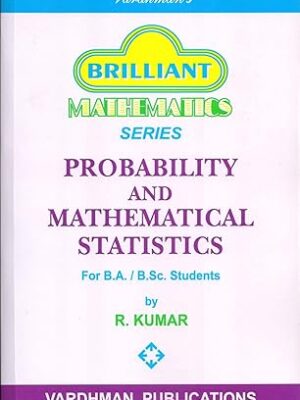 Probability and Mathematical Statistics For B.A./B.Sc. Students
Probability and Mathematical Statistics For B.A./B.Sc. Students
Reviews
There are no reviews yet.